Optimal Timing for Pest Prevention
Understanding the optimal timing for pest prevention services is essential for effective control. Pest activity varies seasonally, often increasing during warmer months when conditions favor breeding and survival. Implementing prevention measures before pest populations peak can reduce infestations and minimize damage.
Spring is an ideal time to start pest prevention, as pests emerge from hibernation and begin breeding. Early intervention can prevent larger infestations later in the year.
Summer sees increased pest activity. Regular prevention during this period helps control populations and reduces the risk of infestations spreading.
Fall is suitable for preventative measures to address pests seeking shelter indoors. Preparing before winter can help maintain pest-free spaces.
While pest activity slows in winter, preventative measures can still be effective, especially for pests seeking indoor warmth.
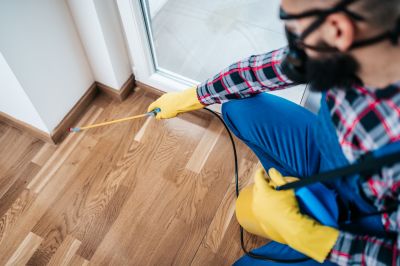
Early spring treatments target emerging pests before they establish.
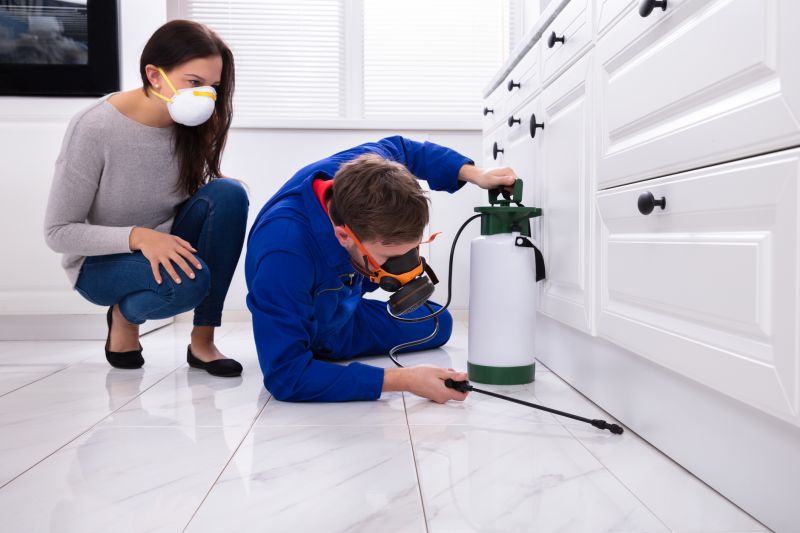
Ongoing prevention reduces summer pest populations.
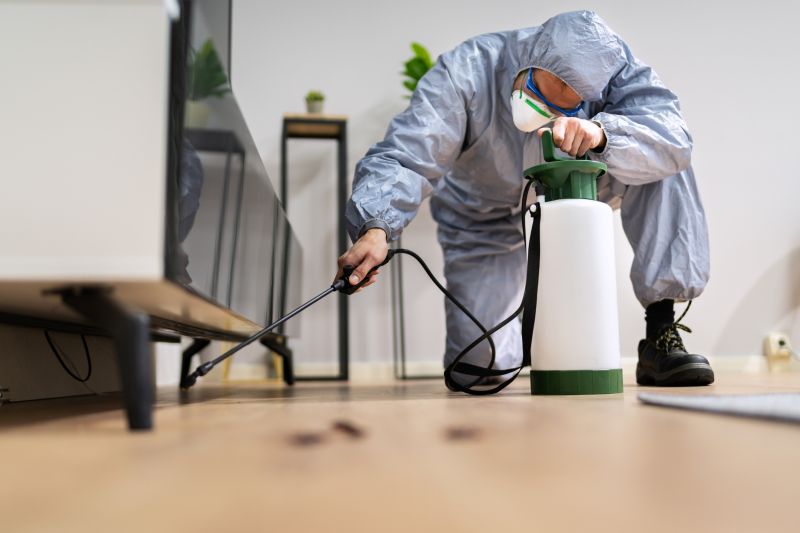
Fall prevention prepares properties for winter pests.
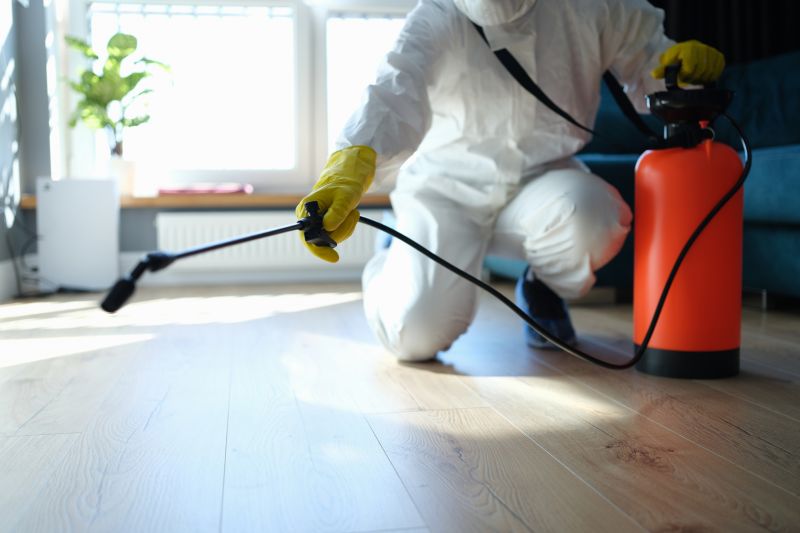
Ways to make Pest Prevention Service work in tight or awkward layouts.
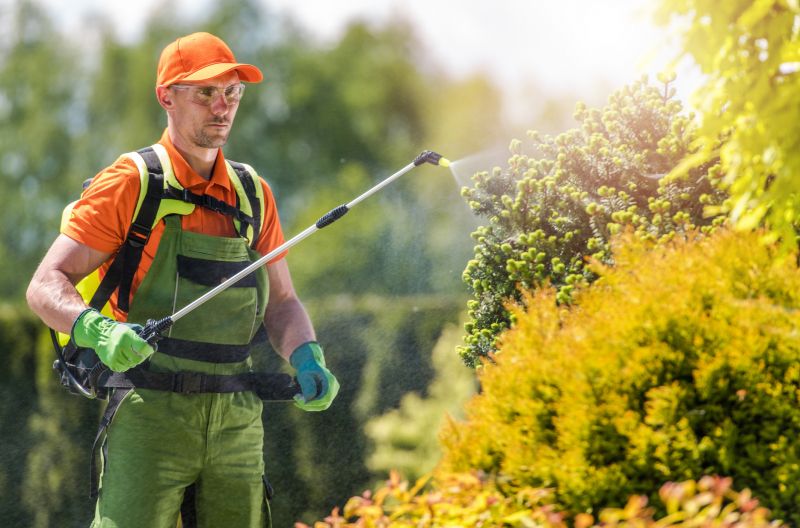
Popular materials for Pest Prevention Service and why they hold up over time.

Simple add-ons that improve Pest Prevention Service without blowing the budget.
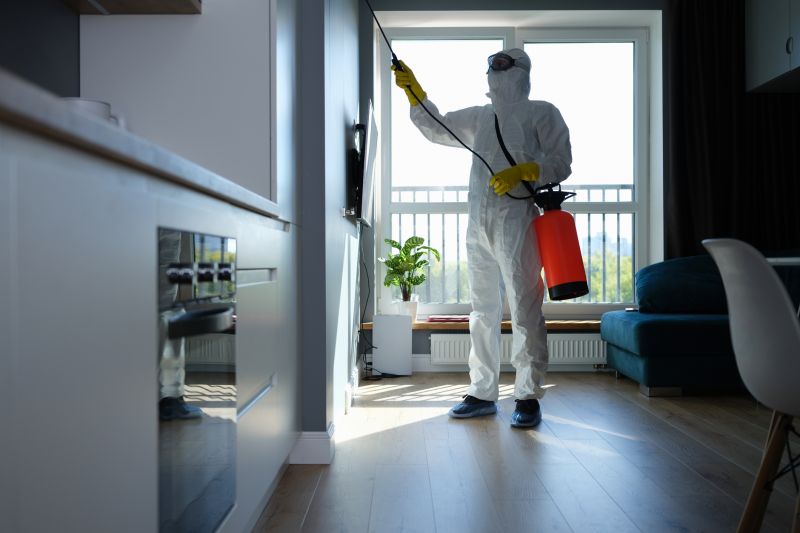
High-end options that actually feel worth it for Pest Prevention Service.

Finishes and colors that play nicely with Pest Prevention Service.
| Season | Recommended Pest Prevention Activities |
|---|---|
| Spring | Inspect and seal entry points, apply preventive treatments |
| Summer | Increase monitoring, treat high-risk areas |
| Fall | Perform thorough inspections, apply preventive barriers |
| Winter | Focus on indoor pest prevention, seal cracks |
Pest prevention services involve proactive measures to reduce the likelihood of pest infestations. These services typically include inspection, sealing entry points, applying preventive treatments, and ongoing monitoring. Effective pest prevention can significantly lower the risk of damage, health hazards, and discomfort caused by pests.
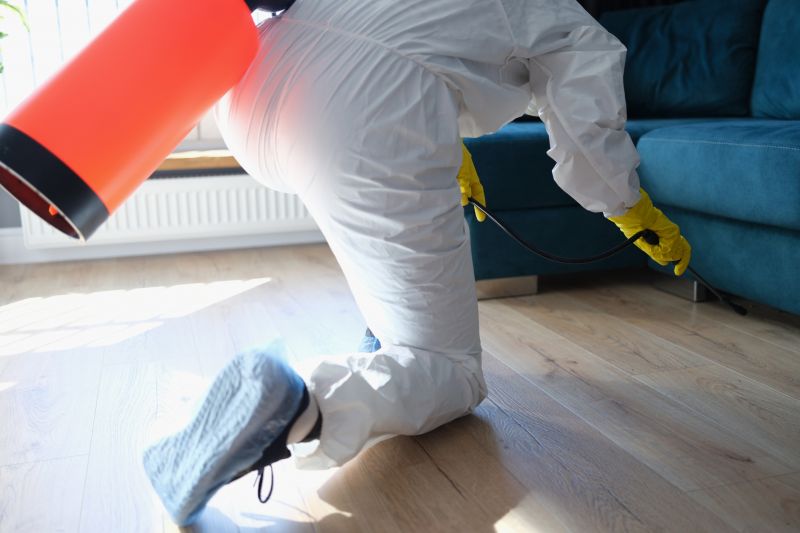
Detailed inspections identify potential pest entry points and nesting sites.
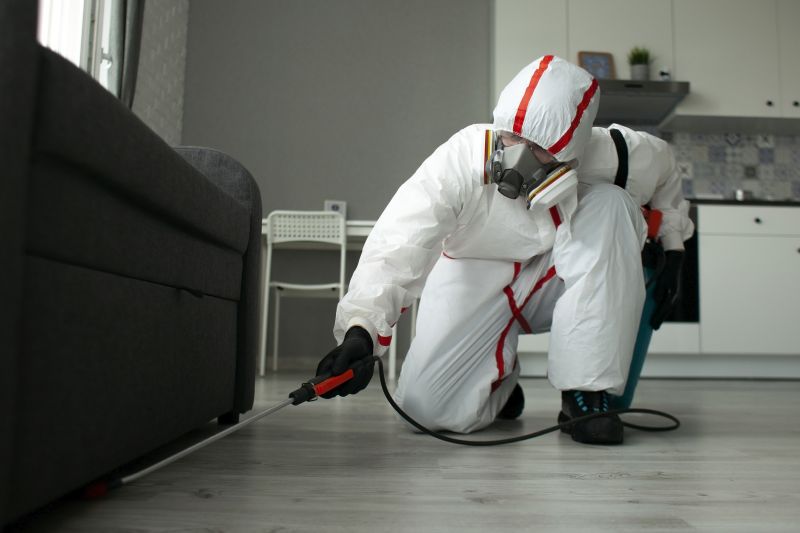
Preventive barriers block pests from entering structures.

Sealing cracks and gaps reduces pest access points.
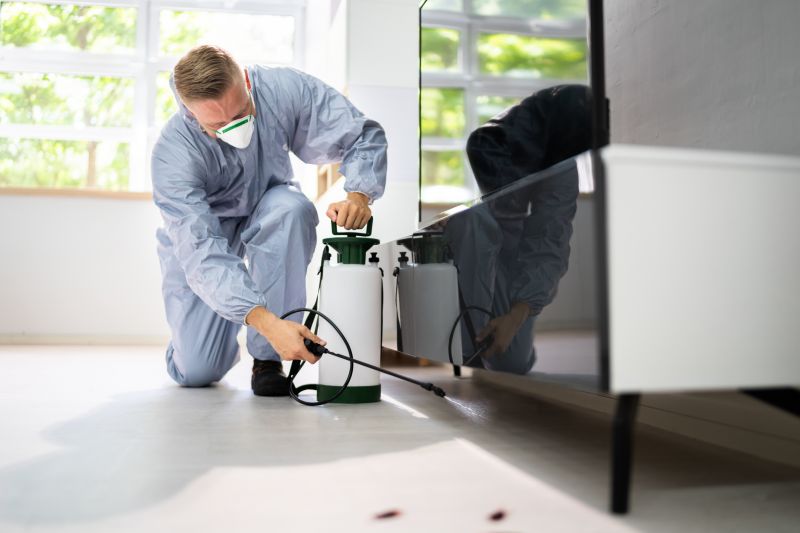
Monitoring tools track pest activity and effectiveness of prevention.
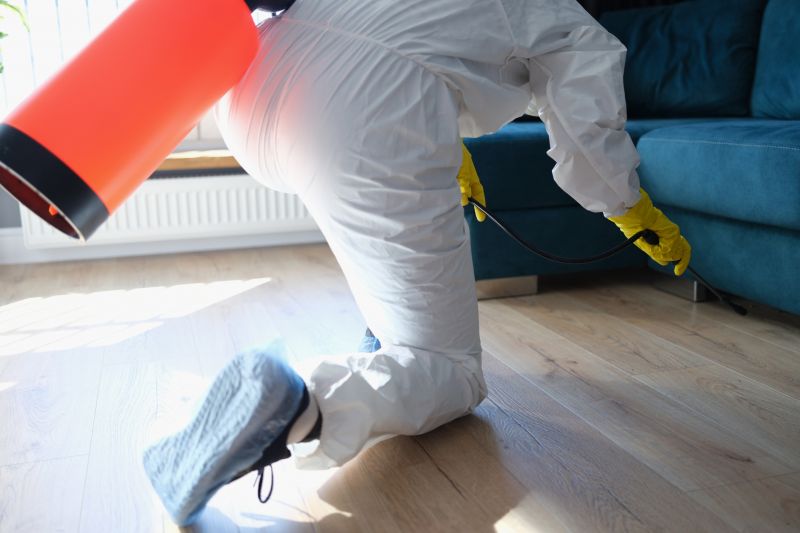
Little measurements that prevent headaches on Pest Prevention Service day.
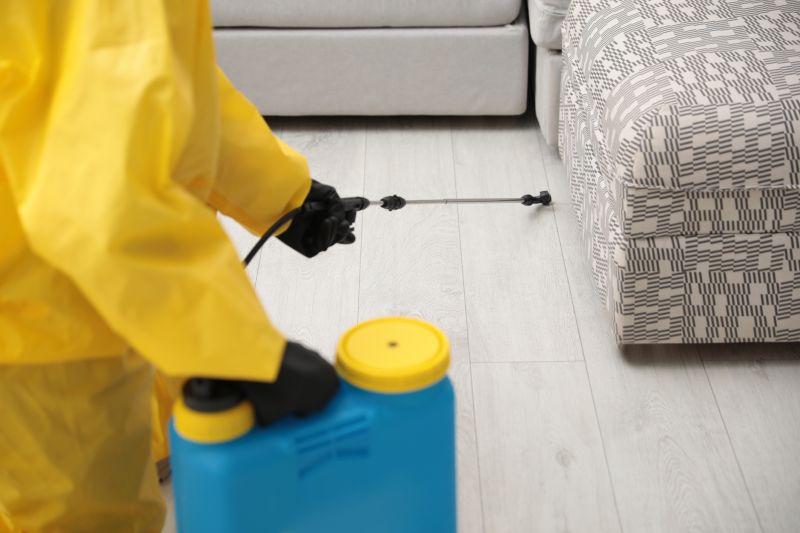
A 60-second routine that keeps Pest Prevention Service looking new.
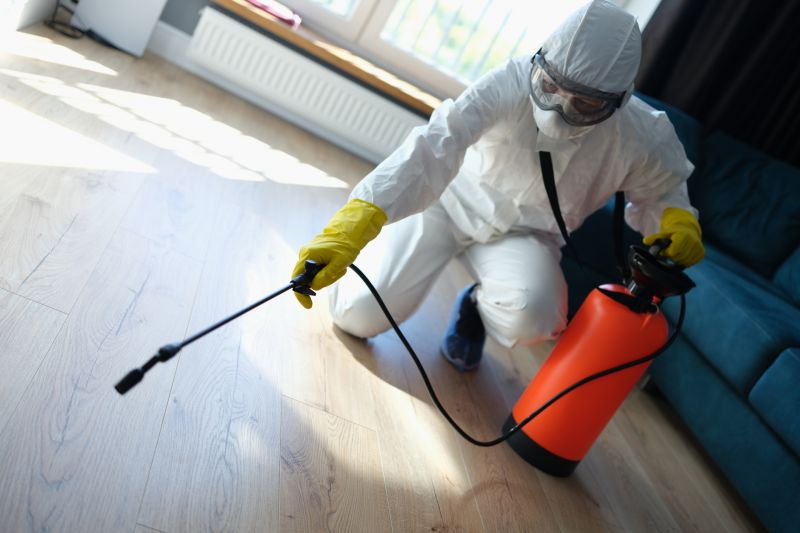
A frequent mistake in Pest Prevention Service and how to dodge it.
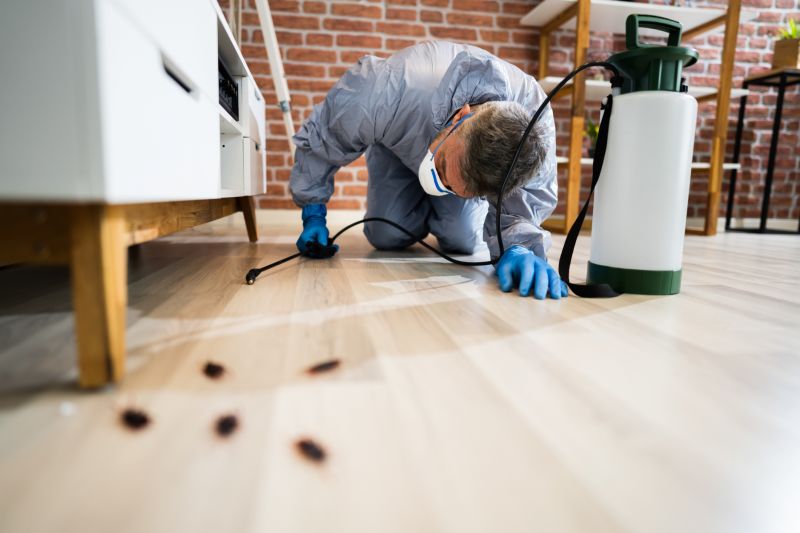
Small tweaks to make Pest Prevention Service safer and easier to use.
Proper timing and consistent preventative measures are crucial for controlling pest populations effectively. Regular inspections and treatments tailored to seasonal behaviors help maintain pest-free environments. Early prevention can also reduce the need for more extensive pest control interventions later.
Interested in scheduling pest prevention services? Filling out the contact form can provide more information and help initiate a tailored prevention plan to suit specific needs.
